SLS 3D 프린팅이란?
선택적 레이저 소결 또는 선택적 레이저 소결 기술이라고도 하는 선택적 레이저 소결(SLS)은 미국 텍사스 대학교의 칼 데커드가 처음 제안했으며, 1992년에 상용 프로토타입 장비가 공식적으로 시장에 출시되었습니다.
레이저 소결 3D 프린팅 기술은 주로 분말 재료를 레이저 조사하에 고온 소결하는 기본 원리를 사용하며, 컴퓨터 제어 광원 위치 지정 장치를 통해 정밀한 위치 지정을 실현한 다음 층별로 소결 및 적층하는 방식입니다. 따라서 SLS 기술도 적층 및 스태킹 방식을 사용합니다. 주요 차이점은 조사 전에 분말 재료 층을 놓아야하고 재료를 녹는 점보다 약간 낮은 온도로 예열 한 다음 레이저 조사 장치를 사용하여 층의 단면을 스캔하여 분말의 조사 된 부분의 온도가 녹는 점까지 상승하여 소결되어 결합을 형성한다는 것입니다. 그런 다음 전체 모델이 인쇄될 때까지 파우더를 쌓고 소결하는 과정을 반복합니다.
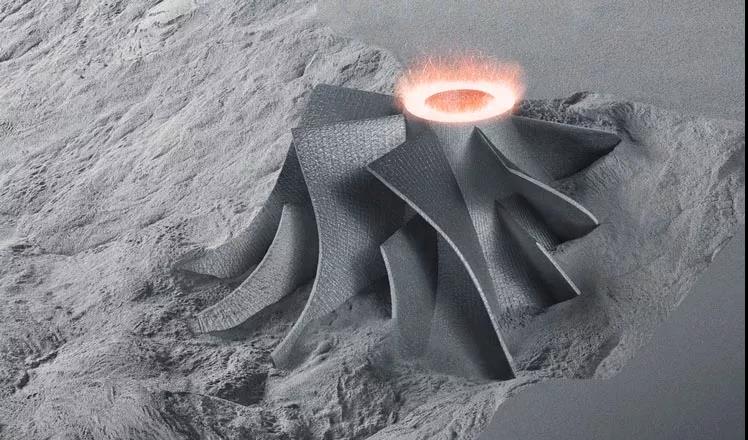
SLS 공정은 주로 금속 분말과 비금속 분말을 포함한 분말 원료를 레이저 조사 및 소결 원리로 적층하는 방식입니다. SLS의 인쇄 원리는 SLA의 인쇄 원리와 매우 유사하지만 주요 차이점은 사용되는 재료와 형태에 있습니다. SLA에서 사용하는 원료는 주로 액상 자외선에 민감한 경화성 수지를 사용하는 반면, SLS는 분말 재료를 사용합니다.
SLS 3D 프린팅은 어떻게 작동하나요?
√인쇄하는 동안 전체 인쇄 챔버는 항상 분말 재료의 녹는점보다 약간 낮은 온도로 유지됩니다.
√ 재료 분말을 성형된 부분의 윗면에 펴서 평평하게 긁어냅니다.
√ 고강도 CO2 레이저를 사용하여 새로 쌓은 레이어에 부품의 레이어 단면을 조사합니다. 재료 분말은 고강도 레이저 조사 아래에서 함께 소결되고 아래의 형성된 부품에 접착됩니다.
√단면 층이 소결된 후 파우더 레이어링 시스템을 통해 새로운 파우더 재료 층을 쌓은 다음 다음 단면 층이 인쇄됩니다.
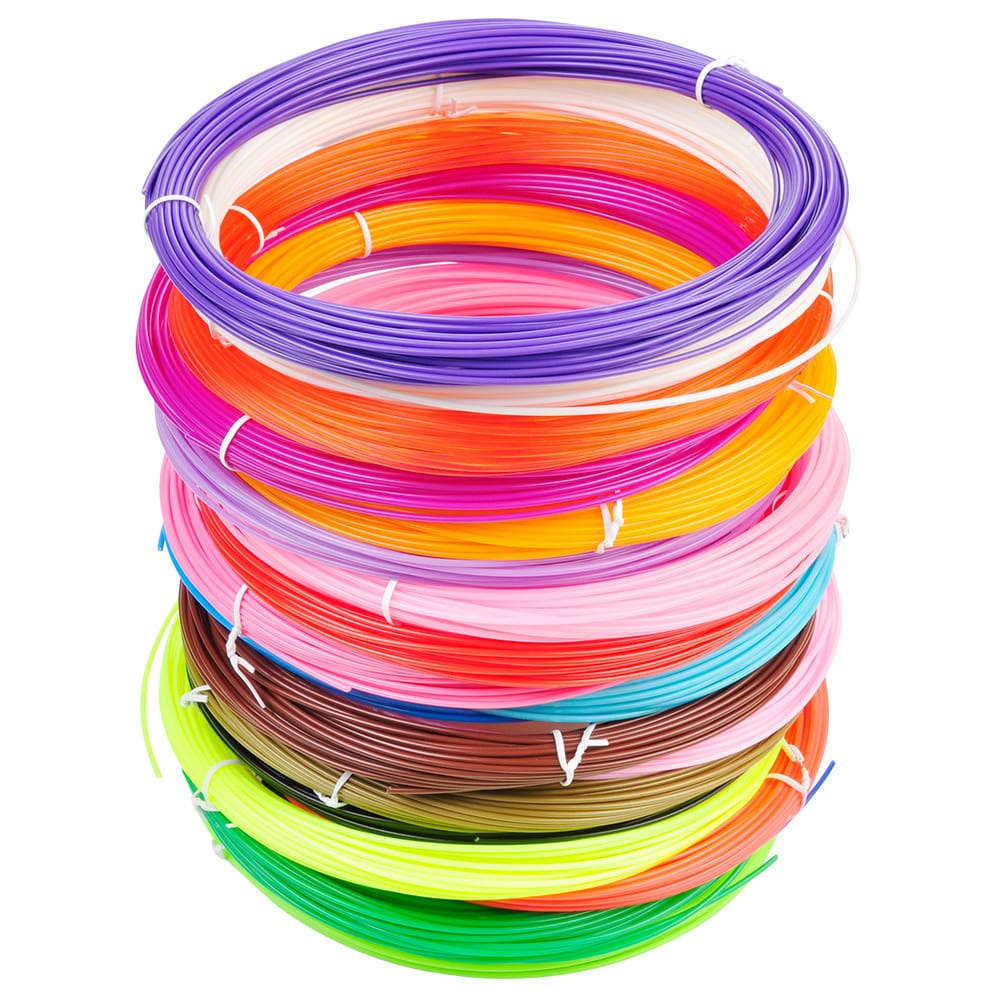
SLS 3D 프린팅 재료
선택적 레이저 소결(SLS)은 기능성 프로토타이핑과 최종 사용 생산의 두 가지 용도로 잘 알려진 다목적 엔지니어링 열가소성 플라스틱인 나일론을 주 재료로 사용하는 경우가 많습니다.
SLS 나일론 부품은 강도, 강성 및 내구성 측면에서 탁월합니다. 이러한 최종 제품은 충격에 대한 저항성이 뛰어나며 반복적인 마모에도 무결성을 손상시키지 않고 견딜 수 있습니다. 또한 자외선 노출, 빛, 열, 습기, 용제, 온도 변화, 물에 대한 나일론 고유의 복원력은 장기간의 성능과 수명을 보장합니다.
또한 SLS 나일론 부품은 생체 적합성 및 무감작성이므로 피부에 직접 접촉해도 안전하며 다양한 용도에 적합합니다. 이러한 다용도성과 내구성 덕분에 SLS 나일론 부품은 견고하고 오래 지속되는 부품이 가장 중요한 자동차부터 의료 분야에 이르기까지 다양한 산업 분야에서 최고의 선택이 되고 있습니다.
SLS의 장점과 단점
SLS의 장점:
(1) 고강도 및 우수한 재료 특성을 가진 제품을 생산할 수 있으며 최종 제품으로 직접 사용할 수도 있습니다.
(2) 엔지니어링 플라스틱, 왁스, 금속, 세라믹 파우더 등 다양한 종류의 원료를 사용할 수 있습니다.
(3) 부품의 제작 시간이 짧고 인쇄 된 물체의 정밀도가 매우 높습니다.
(4) 지원 부품을 설계하고 구성할 필요가 없습니다.
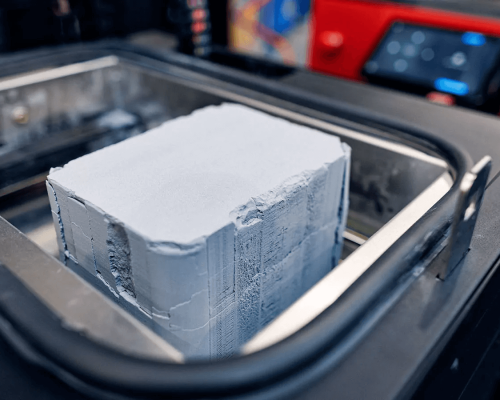
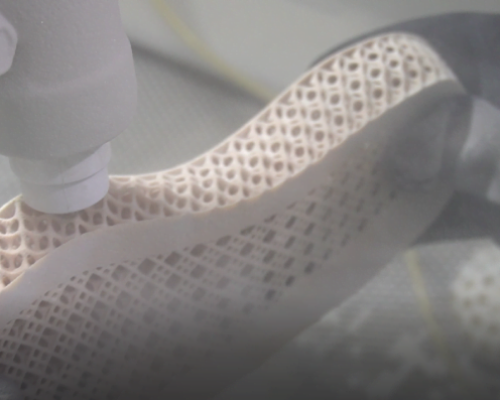
SLS 단점:
(1) 주요 구성 요소는 손실이 크고 특별한 실험실 환경이 필요합니다.
(2) 인쇄 시 안정적인 온도 제어가 필요하고 인쇄 전후에 예열과 냉각이 필요하며 후처리도 번거롭습니다.
(3) 원자재 가격 및 조달 및 유지보수 비용이 높습니다.
(4) 성형 표면은 분말 입자의 크기와 레이저 스폿에 의해 제한되어 인쇄 정확도에 영향을 미칩니다.
(5) 완전히 밀폐된 중공 디자인을 직접 인쇄하는 것은 불가능하며 분말 재료를 제거하기 위해 구멍을 남겨야 합니다.
기타 제조 역량
당사는 3D 프린팅, CNC 가공, 진공 주조, 사출 성형 및 판금 제작을 전문으로 하며 다양한 재료와 표면 마감을 제공합니다.
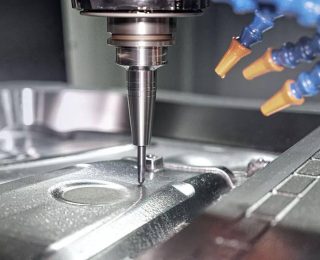
CNC 가공
당사는 밀턴 복합 머시닝 센터, 표준 3축, 연속 5축, 3+2축 밀링 머신, 50개 이상의 다양한 금속 및 플라스틱을 사용한 드릴링 및 후가공을 15개 이상의 표면 마감으로 제공하고 있습니다. 공차 ±.0000394"(0.001mm )
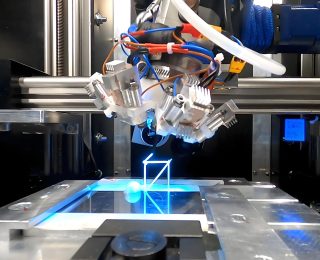
판금 제작
HOFeng은 로봇 CO2 용접, 로봇 연마, 로봇 레이저 용접, 레이저 플랫폼 용접, 레이저 절단기, 휴대용 레이저 용접, CNC 펀치 머신, 벤딩 머신, 자동 디버링 머신을 장착하여 대량 생산 애플리케이션에 대한 속도와 대처 능력을 향상시킵니다.
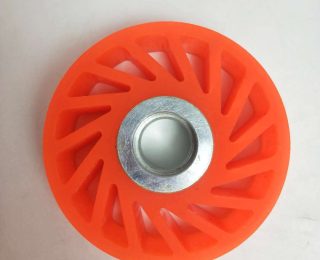
우레탄 주조 서비스
부품의 신속한 프로토 타이핑 및 생산을위한 제작, 10 일의 빠른 부품, 모든 부품에 대한 100% 검사, ISO 9001 인증은 모든 배치에 등급 품질을 제공합니다. 우리는 제품 개발의 폴리 우레탄 소재 전문가입니다.
